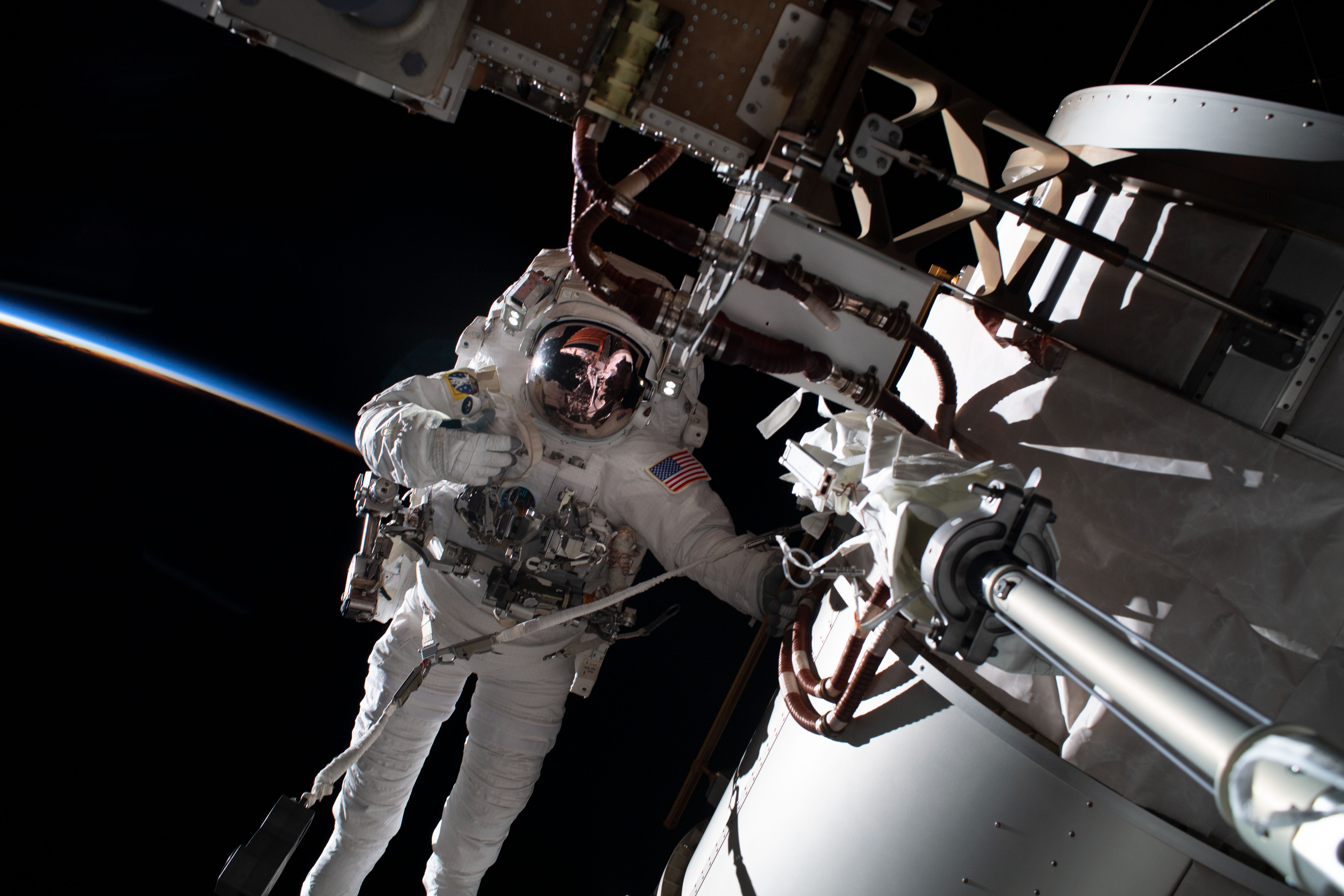SpaceX's Crew Dragon will be doing several consecutive crew missions for NASA while Boeing's Starliner program spends an extended period in the woodshed.
80+ major issues during Starliner's Orbital Flight Test, meaning the test needs to be re-flown and Boeing QA/AC and software goes through a series of anal exams.
IMG_20200921_135415.jpg
80+ major issues during Starliner's Orbital Flight Test, meaning the test needs to be re-flown and Boeing QA/AC and software goes through a series of anal exams.
IMG_20200921_135415.jpg
HOUSTON (NASA PR) — NASA and SpaceX now are targeting 2:40 a.m. EDT Saturday, Oct. 31, for the launch of the agency’s SpaceX Crew-1 mission with astronauts to the International Space Station.
The new target date will deconflict the Crew-1 launch and arrival from upcoming Soyuz launch and landing operations.*This additional time is needed to ensure closure of all open work, both on the ground and aboard the station, ahead of the Crew-1 arrival.*The increased spacing also will provide a good window of opportunity to conduct additional testing to isolate the station atmosphere leak if required.
SpaceX continues to make progress on preparations of the Crew Dragon spacecraft and Falcon 9 rocket, and the adjusted date allows the teams additional time for completing open work ahead of launch.
Astronauts*Michael Hopkins,*Victor Glover, and*Shannon Walker*of NASA and*Soichi Noguchi*of the Japan Aerospace Exploration Agency (JAXA) will be carried to the station on the SpaceX Crew Dragon spacecraft on a Falcon 9 rocket from Launch Complex 39A at NASA’s Kennedy Space Center in Florida.
The launch will be the first time an international crew will fly aboard a NASA-certified, commercially-owned and operated American rocket and spacecraft from American soil.
Following the launch, the Crew-1 astronauts are scheduled to arrive at the space station for a six-month science mission aboard the orbiting laboratory.
NASA is in the final stages of the data reviews needed ahead of certification following the agency’s SpaceX Demo-2 test flight. Teams from NASA and SpaceX will provide an update on the process during upcoming*media briefings*beginning at 11 a.m. EDT on Tuesday, Sept. 29, hosted from the agency’s Johnson Space Center in Houston.
For more information about the mission, visit:**https://www.nasa.gov/commercialcrew.
The new target date will deconflict the Crew-1 launch and arrival from upcoming Soyuz launch and landing operations.*This additional time is needed to ensure closure of all open work, both on the ground and aboard the station, ahead of the Crew-1 arrival.*The increased spacing also will provide a good window of opportunity to conduct additional testing to isolate the station atmosphere leak if required.
SpaceX continues to make progress on preparations of the Crew Dragon spacecraft and Falcon 9 rocket, and the adjusted date allows the teams additional time for completing open work ahead of launch.
Astronauts*Michael Hopkins,*Victor Glover, and*Shannon Walker*of NASA and*Soichi Noguchi*of the Japan Aerospace Exploration Agency (JAXA) will be carried to the station on the SpaceX Crew Dragon spacecraft on a Falcon 9 rocket from Launch Complex 39A at NASA’s Kennedy Space Center in Florida.
The launch will be the first time an international crew will fly aboard a NASA-certified, commercially-owned and operated American rocket and spacecraft from American soil.
Following the launch, the Crew-1 astronauts are scheduled to arrive at the space station for a six-month science mission aboard the orbiting laboratory.
NASA is in the final stages of the data reviews needed ahead of certification following the agency’s SpaceX Demo-2 test flight. Teams from NASA and SpaceX will provide an update on the process during upcoming*media briefings*beginning at 11 a.m. EDT on Tuesday, Sept. 29, hosted from the agency’s Johnson Space Center in Houston.
For more information about the mission, visit:**https://www.nasa.gov/commercialcrew.






Comment